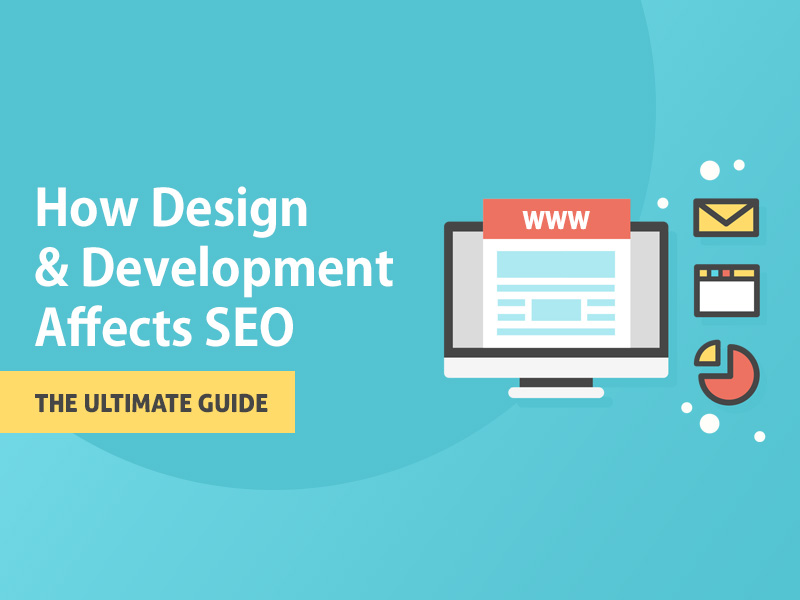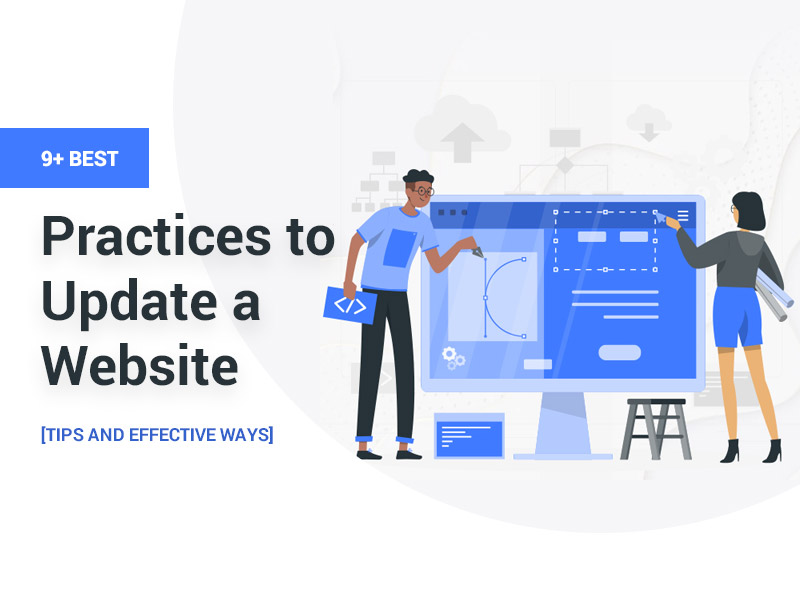What makes something trustworthy? It’s a tricky question really. Trust is just something you naturally feel, it’s not as if there’s a checklist in your head you internally tick off. When you’re designing a website though, you have to have this mindset.
Trust is one of the most important elements of building a great website. Before a visitor can enjoy your content, buy products or recommend you to a friend, they need to feel they can trust you. So, in 2020, what are the crucial steps to designing a trustworthy website?
Positive words
Never underestimate the power of positive words.
The social proof phenomenon is something website owners and designers should take very seriously. In recent years it’s been proven that if there’s one group of people that customers and first-time visitors place their trust in, it’s people just like them. Having clear reviews with a star rating or score from a trust review website is a sure-fire way to improve the perception of your website. Confirmation from fellow visitors that your service is legitimate and effective is better than any marketing or promotion you could invest in.
The same applies to testimonials from clients and businesses you’ve worked with in the past and positive features you’ve had in the press. All of it comes together to create a network of respectable people who have taken the time not just to use your website, but tell others how much they liked it. It offers instant assurance upon first landing.
You should place these reviews and testimonials throughout your website, but present key ones prominently on your home page. If you have received awards make that obvious too. And don’t forget about product pages, they should have their own individual reviews with statements from happy buyers.
Creative content
Creating content is time-consuming, but absolutely crucial. Nothing tells a first-time visitor you care about the quality of your website and services more than the quality of content you create around it.
Content is the furniture of your website, and a website populated with great content is a trustworthy one. This may feel like a lot of work, or even messy, but it’s fantastic for breeding confidence. If someone was trying to use their website for nefarious work, they wouldn’t spend all their time on content creation.
 You should look to populate your website with content that can instill a sense of trust within your business. Writing blogs or filming a video that tells the history of your company or gives some insider insight into a new product are great examples of content that can win over a first-time visitor and show them there are real people running the business. Behind the scenes videos, showing your day to day operation or highlighting a member of your team, achieves the same purpose. All content you create should have a unique flair and feel like it was generated by a real person with individual ideas.
You should look to populate your website with content that can instill a sense of trust within your business. Writing blogs or filming a video that tells the history of your company or gives some insider insight into a new product are great examples of content that can win over a first-time visitor and show them there are real people running the business. Behind the scenes videos, showing your day to day operation or highlighting a member of your team, achieves the same purpose. All content you create should have a unique flair and feel like it was generated by a real person with individual ideas.
Quality control
Whether or not you trust something often comes down to how well it performs. If you bought a car from a dealership and it broke down within a week, you wouldn’t just think the car is worthless, but the dealership too. This is why it’s essential you make sure your website is always performing to a high quality.
There are a number of factors that go into determining a quality website. We’re discussing design in this article, and on a visual level, your website has to look contemporary and professional. This often means making something sleek and seamless, especially if you operate within the tech industry. Most importantly though, you have to make sure you do the little things right. All images, from banners to product pictures, need to be uploaded in the highest quality possible, while text needs to be readable on your background. Getting simple things like this wrong will foster a very negative opinion of your website, one that is incompetent if not trustworthy.
This is all without talking about mobile compatibility and optimization. Designing a website may seem easy, and something more dictated by creative license, but there are actually a huge amount of factors you need to test prior to launch to ensure a trustworthy experience.
Contact information
Sometimes the smallest parts of your website have the biggest impact. The contact us page is one of those.
It might be tucked away at the bottom of your footer in small font, but not putting time and effort into crafting an excellent contact us page will do massive harm to the perception of your website. A contact us page with clear information and multiple forms of contact information (just having an email address isn’t enough) is key to tell visitors that there are real people running this website and if they wanted to, they could speak to them.

This thinking isn’t even limited to a contact us page. A strong about us page featuring some company background and information about your operation tells people you care enough to put the time into sharing this and building the page, without asking them to invest too much effort themselves. Likewise, an FAQ page with a list of commonly answered customer queries won’t just save your team a couple of calls, but tell users that you’re committed to providing a great user experience.
It’s imperative you don’t take these pages lightly. Within the architecture of your website they may feel insignificant compared to your grand ideas, but they can be the difference between whether or not someone sticks around long enough to see them.
Trust always has to be earned. A user visiting your website for the first time doesn’t owe you anything, whether it’s their time to suss you out or their money. You have to ensure your website is optimized to deal with very internet-savvy customers only too aware of the dangers of the internet.
You May Like:
- 5 Pieces of Content to Add to Your Website Today
- How to Create a Classified Website with WordPress
- 8 Best Isometric illustration Resources for Designer in 2020
- Top 10 Web Design Company Principles that Should not Ignore
- Top-Half of Web Design How it Plays a Vital Role to Retain Visitors
- Tips for Choosing a Web Design Company – 9 Guidelines
- 10 Best Tips How to Evaluate a Website Design









